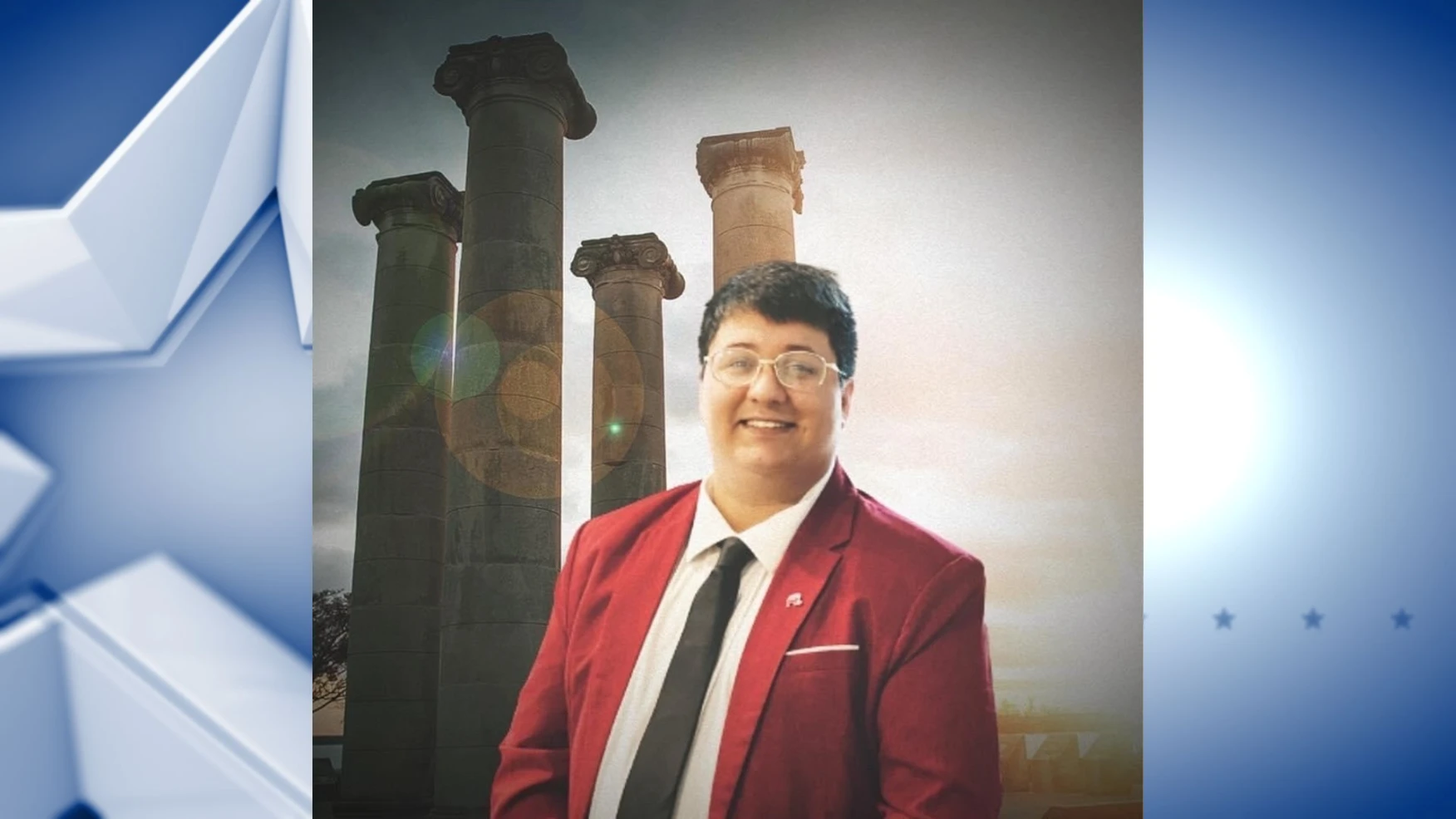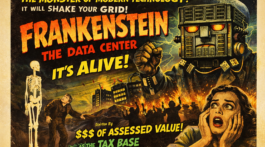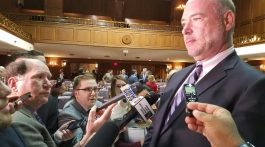By Kevin Brinegar
In Indiana, we make things. We’ve done so during most of the state’s 199-year history. And despite changes in today’s economy, we’ll continue to make things throughout the state.
But it’s no secret that the job skills required of the “makers” today – and in the future – are more advanced than in years past. Similarly, for those entrepreneurs looking to utilize technology to provide new products or services, education is essential.
The Indiana Vision 2025 plan, coordinated by the Indiana Chamber of Commerce with statewide partners, emphasizes both education and entrepreneurship. In a 2015 Report Card that evaluates the state’s progress on metrics related to the 33 goals, it’s clear that much work remains.
For each area of progress worthy of celebration, there is a corresponding concern. In the critical Outstanding Talent driver, for example, impressive improvements in reading and math scores (particularly for fourth graders) are offset by a continuing lack of achievement in higher education completion.
Indiana Vision 2025 has adopted the Lumina Foundation goal of 60% of residents with high-quality postsecondary credentials. Indiana’s 34.7% tally (significantly trailing the 40% national average and far short of the ultimate destination) reveals how far the state must go in this critical measure.
The shortage of residents with education credentials beyond high school (45th among the 50 states in associate degrees and 42nd in bachelor degrees) remains among the most serious challenges to future economic prosperity.
In addition, there are serious concerns in the Dynamic and Creative Culture driver.
Despite an increased emphasis and examples of success stories in certain pockets of the state, Indiana ranks in the bottom five in terms of entrepreneurial business activity. On top of that, venture capital investment declined significantly in 2014. In other words, not enough Hoosiers are starting new businesses and those that do need access to additional funding.
There are some positive developments in addition to the education test scores noted above:
- Continued strong performance for the state’s regulatory environment (tied for first with Delaware in the Regulatory Freedom Index)
- Progress toward a strategic water resource plan (key legislation passed in the 2015 Indiana General Assembly session)
- Promising rankings in both university and business research and development, as well as exports
It’s vital to keep score, make adjustments as needed and strive to turn weaknesses into strengths.
Conversations and local analysis about these results recently took place throughout the state in a series of regional forums in June and July.
Work on the Indiana Vision 2025 plan started nearly five years ago in the fall of 2010. The 2025 time frame seemed far away at that point. But we’re now one-third of the way into this mission – and a mere 10 years away from its conclusion. If we are going to ultimately achieve the outlined goals, or at least make substantial progress toward them, the pace must be accelerated. Workers, families and communities are counting on it.
The Indiana Vision 2025 Report Card presents updated data for 59 metrics related to the 33 goals. Learn more at www.indianachamber.com/2025.
Kevin Brinegar is the President and CEO of the Indiana Chamber of Commerce.














